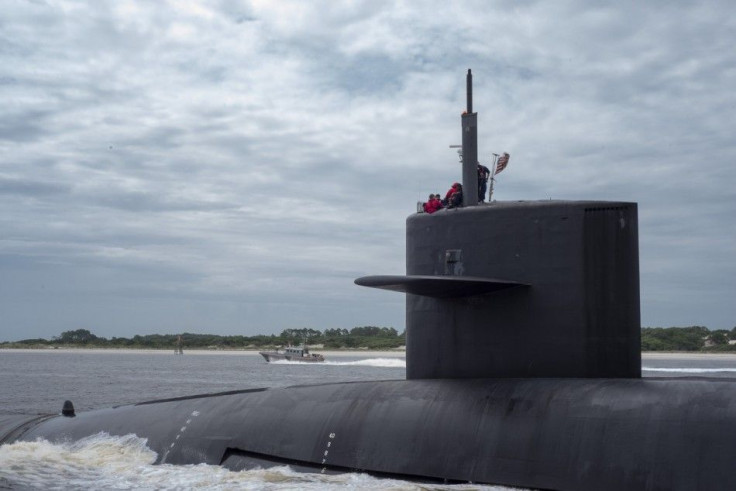Global Nuclear Arms Race: Russia Successfully Test Fires Bulava Intercontinental Missile From Nuclear Submarine

A missile designed to carry nuclear warheads has been successfully test fired by Russia on Friday, Nov 28. It was the second time the Russian Navy conducted such tests in as many months.
The nuclear-powered Alexander Nevsky submarine fired a single test-launch of the Bulava inter-continental ballistic missile in the Kamchatka Peninsula in the Russian Far East. Quoted by TASS News, General Igor Konashenkov, Russian Defense Ministry spokesperson, said the submarine was test launched from a submerged position and that the parameters of Bulava flight trajectory functioned normally. The missile's warheads successfully reached a testing range in the Peninsula, Konashenkov added.
RT News reported Friday's successful test launch, done during the night, was the second for K-550 Aleksandr Nevsky. The latter had been described as a new generation of boats carrying Bulava nuclear missiles. But unlike previous launches, the nuclear submarine Aleksandr Nevsky was reportedly armed with a full set of 16 Bulava missiles. Previously, it only carried one or two SLBMs.
Russia now has three Borei-class nuclear submarines armed with the Bulava, the Aleksandr Nevsky and the Yuri Dolgoruky, which had a previous Bulava launch on Oct 29. A third nuclear submarine has yet to be completed. Russia has eight Borei-class submarines set to be built.
Much of nuclear submarines built during the time of the former USSR are approaching the end of their lifetime. Moscow had made it a top priority to replace them as well as modernise its arms programme and arsenal. It had allocated 20 trillion rubles (over $400 billion) on new weapons through 2020.
Russian media said a Bulava missile can carry up to 10 hypersonic, independently guided, maneouverable warheads with a yield of between 100 and 150 kilotons each. Its range can reach over 5,600 miles. Portal navytimes.com, citing unidentified military officials, said the weapons has the ability to "penetrate any prospective missile defense."
The latest successful test firing will surely further fuel already tense situations between Russia and the west. Apart from this, Russia has been particularly busy flying jets over the international airspace of NATO member-nations, forcing the latter to scramble its own fighter jets to intercept the "provocative" air carriers.
YouTube/ RT
YouTube/ UKRAINE TODAY





















